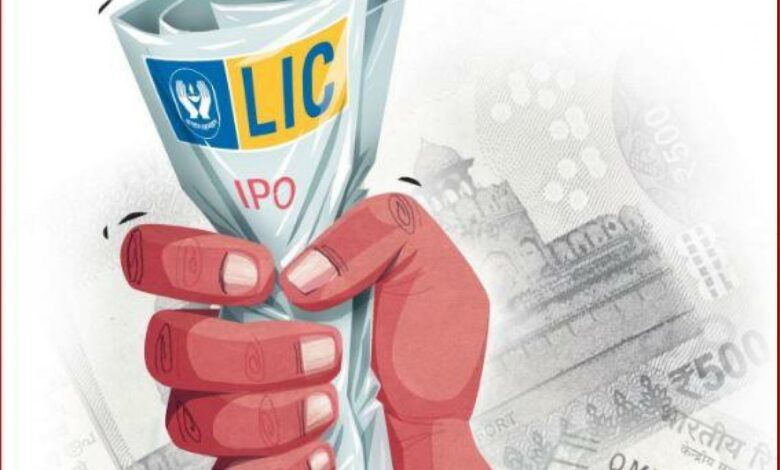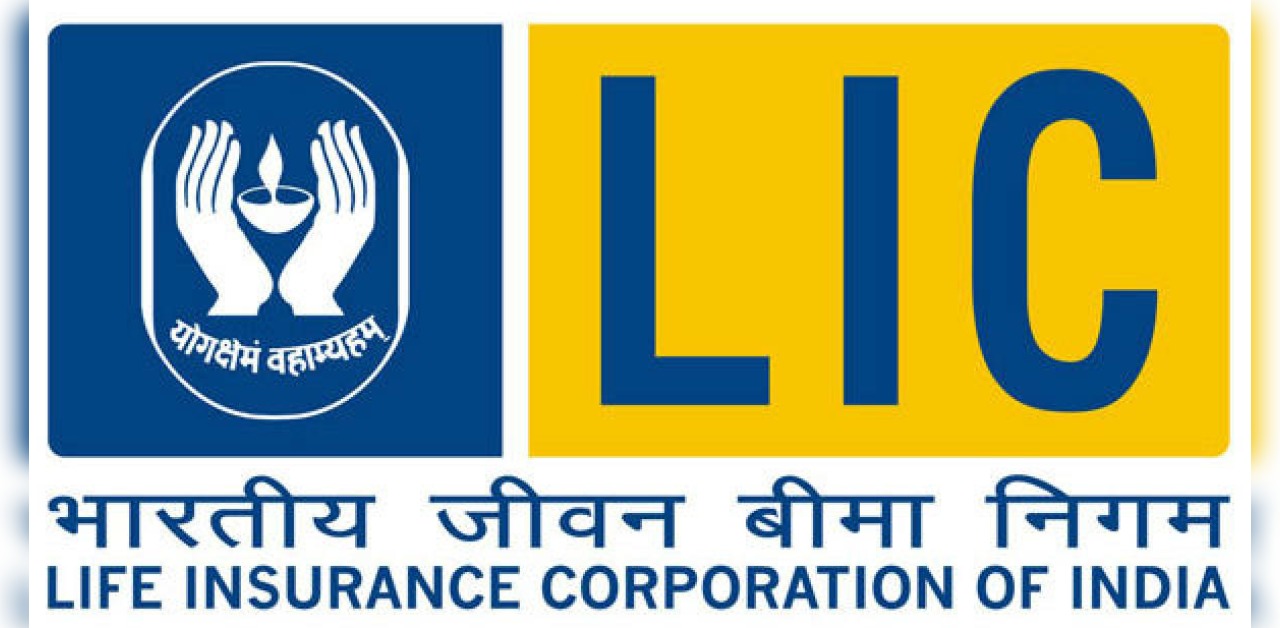
The grand public offering of Life Insurance Corporation later this year has good news not only for the investors waiting breathlessly but also for those policyholders who have bought over 28.9 crore policies. The government has assured that up to 10 per cent of the issue size in the Initial Public Offering (IPO) would be set aside for policyholders. A discount on the floor price is also expected.
The Modi government targeted to list the only government-owned life insurance company by the end of the current financial year. The government is set to dilute 10 per cent of its stake in LIC in the current fiscal that will be on the correct track to achieve its disinvestment target for the year. The government has estimated to collect Rs 1.75 lakh crore from disinvestment profits this year and a lucrative listing will provide to meeting more than half of the goal. The total valuation is estimated to exceed Rs 10 lakh crore, far more outdoing the market capitalization of many of the state possessed firms.
Understanding the rules of LIC on such reservations

The LIC (Amendment) Rules, 2021 declared that “any reservation done by the company in favour of its policyholders on a agressive basis in a public issue under the Clause (a) (9) of Section 5 should be done in an appropriate way similar to that suitable to a reservation on an agressive basis for workers in a public issue under any regulation made and circular issued by the Securities and Exchange Board of India.”
Any issuance of equity shares to life insurance policyholders against any reservation done in their favour must be done after proper consultation with the implicated stock exchanges. According to IPO regulations, an issuer firm can offer the shares to its employees at a discounted rate of a maximum of 10 per cent on the floor price at which other categories are offered with the shares.
The current status of LIC’s listing plan

Recently, the Union Cabinet approved the disinvestment of equity in LIC. The process of appointing merchant bankers to inaugurate the mega public offering is steadily progressing. Our respected Finance Minister Nirmala Sitharaman will head a panel that will decide on the size of the share sale. For the recommended IPO, the government has made some changes in the LIC Act of 1956 for the announced IPO. The insurance company has appointed Mr Arijit Basu, former MD of State Bank of India and former MD and CEO of SBI Life as a consultant to aid and advice while launching the IPO. Mr Basu had led the move to get the insurance company listed on stock exchanges.
After the amendment of the 1956 Act, similar to any other listed company,the company is now administered under the Companies Act and SEBI Act (after launching the IPO), needs to prepare its quarterly balance sheet with the profit or loss number and announce key developments to the public. Budget amendments of the LIC Act have been announced and the insurance company will calculate the estimated value of the insurer in the coming few weeks.
Is it beneficial for the policyholders? How?
If the government announces a 10 per cent discount to the policyholders, then, according to estimates, the post-issue market capitalization is expected to be around Rs 10 lakh crore. The amount can go up to Rs 15 lakh crore after the embedded valuation is calculated. According to the new SEBI guidelines, on a Rs 10 lakh crore market capitalization standard, the insurance company must offer an issue of Rs 55,000 crore that is a sum of Rs 10,000 crore and 5 per cent of Rs 9 lakh crore. The IPO size will change to Rs 80,000 crore once the market capitalization is Rs 15 lakh crore.
It may seem that the policyholders would get a lesser bonus after the launching of the IPO than they are receiving now, but company’s officials said it might not happen that way. The company will find better ways to continue the same bonus.
The most important factor will be pricing the issues, especially after considering the past experience with public issues of the two general insurance companies-the New India Assurance Co Ltd and the General Insurance Corporation of India Ltd– that got listed in 2017. The New India Assurance shares, that were initially offered in the range of Rs 770-800 are now pricing at Rs 161. Whereas, the price of General Insurance Corporation has dropped from Rs 912 to Rs 174.60.
However, both the firms issued one bonus share for every share held between June and July 2018. It simply means that if an investor possessed one share of GIC at Rs 912, he would be possessing two shares worth Rs 174.60 each. That would still imply a loss of over 60 per cent of the investor’s investment in the public offering.
Why is the LIC IPO an important milestone for the government?
The listing will be vital for the government to meet its disinvestment goal, especially when the government’s plans to privatize two public sector banks and one insurance company have not yet begun. The government targets to collect Rs 1.75 lakh crore in the current fiscal from minority stake sale and from privatization. Among this amount, Rs 1 lakh crore was to be achieved from selling its stake in the public sector banks and financial institutions, and Rs 75,000 crore as receipts from CPSE disinvestment. The IPO is anticipated to fill the gap in that target.
Should investors look forward to the IPO? Why?

Considering size and popularity, market players expect a great potential for future growth. The company is the largest life insurer in India with a total first-year premium crossing Rs 1.84 lakh crore in the year ended March 2021, the insurance company dominates a market share of over 66 per cent. It offers employment to 2.9 lakh employees and has a large network of 22.87 lakh agents. LIC has total assets of Rs 37.75 lakh crore and equity AUM of Rs 6.63 lakh crore, as of March 31, 2020.
Industry experts believe that even if the 22 lakh agents sell one extra policy in a year, it will increase in a huge amount. Moreover, the company is the largest institutional investor in the country and has a remarkable investment portfolio that is capable of generating big investment returns.
According to market experts, even a minimal per-employee-business-productivity improvement per year for the upcoming few years would follow in increasing business volumes that are greater than the actual size of several medium-sized insurance companies.
It is also vital to keep in mind that while the insurance company will opt for a corporate structure and will have independent directors, the Corporation will remain to have the sovereign guarantee that could offer a big comfort to Foreign Portfolio Investments (FPI) and other investors. This implies that the government would offer it capital if by any chance the need arises.
For the largest insurance company in India, the difficulty lies in bringing efficiency across the large agent network and also in continuing its market share.
Edited by Tanish Sachdev




